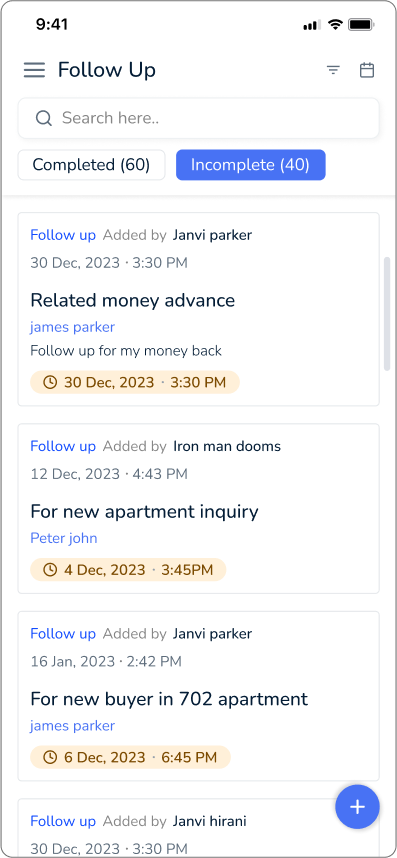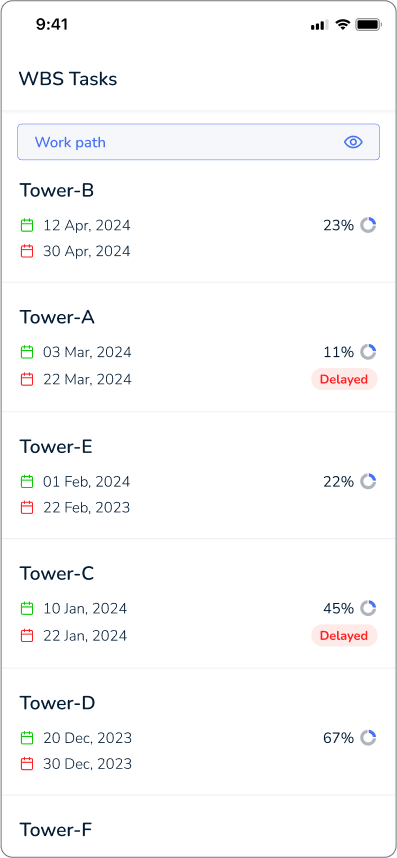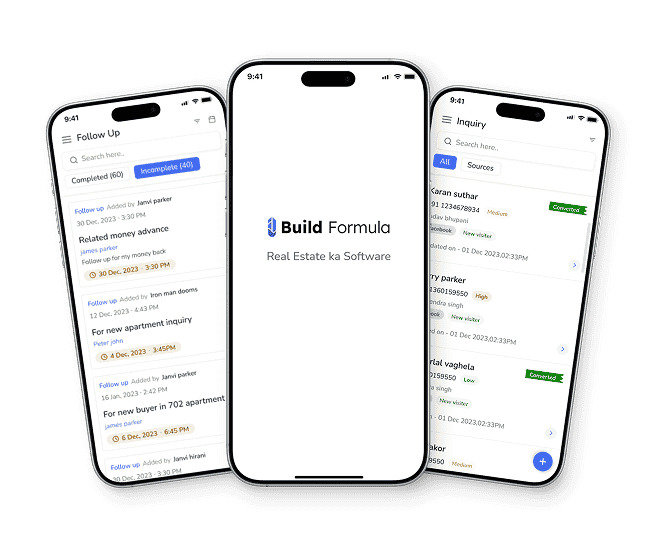
Construction management is a very demanding job. It requires a lot of time and energy from the builder, contractor, and project manager. Construction management is a highly demanding role that involves managing various aspects of a construction project. From overseeing the planning and coordination to monitoring progress and ensuring adherence to budget and timelines, construction management requires a lot of time and energy from all parties involved, including builders, contractors, and project managers. One crucial tool used in construction management is the Work Breakdown Structure (WBS).
The WBS in Real Estate is a hierarchical framework that breaks down a construction project into smaller, manageable tasks. By dividing the project into more manageable components, it allows for better planning, organization, and allocation of resources. The WBS helps the construction team create a roadmap, identify dependencies, and track progress throughout the project’s lifecycle.
In this article, we will explore the significance of the Work Breakdown Structure in project scope management and how it contributes to the successful execution of projects. We will delve into its benefits, implementation strategies, and common challenges faced while developing and utilizing the WBS in construction projects.
What is the work breakdown structure in construction?
The Work Breakdown Structure (WBS) breaks down the construction project into major phases and subtasks, helping to organize and manage the project effectively. It provides a visual representation that breaks down the project into smaller, more manageable components, making it easier to plan, execute, and track progress. The WBS typically starts with the main deliverables of the project, such as the building construction, and then breaks them down into smaller sub-deliverables or work packages. Each work package is further subdivided into individual tasks that need to be completed. This hierarchical structure helps in identifying all the necessary activities and their interdependencies in a construction project. It also helps in estimating resources, assigning responsibilities, and establishing a timeline for completion. The WBS is an essential tool in construction project management as it provides a clear overview of the project scope and enables effective communication and coordination among all project stakeholders.
For instance, you want to build a house. Instead of thinking of it as one big job, you break it down into smaller tasks. It’s like having a main task, like “Build a House,” and then breaking that into smaller jobs like “Foundation,” “Framing,” “Roofing,” “Plumbing,” and so on. You can keep breaking down each of these smaller tasks into even smaller jobs until you have a list of all the little things that need to be done, like “Install windows,” “Paint walls,” “Lay flooring,” and so on.
This helps everyone involved know exactly what needs to be done, who is responsible for each task, and when it should be completed. It’s like having a roadmap for the entire project work, making it easier to manage and ensure that the house gets built correctly and on time.
Secrets to mastering the WBS in construction
In the construction sector, a work breakdown structure (WBS) is crucial for planning and organizing all the tasks involved. Here are five tips to help you create an effective WBS in construction. First, start by defining the main project deliverables. These are the final outcomes that need to be achieved, such as a completed building or renovated infrastructure. Second, break down the project into major phases or stages. This will help you divide the work into manageable parts and track progress more effectively. Third, identify the main tasks and subtasks within each phase. These smaller components will ensure a detailed breakdown of the entire project. Fourth, prioritize the tasks based on their dependencies and criticality. This will guide you in scheduling and resource allocation. Lastly, establish clear milestones and deadlines for each task. This will facilitate progress monitoring and help manage the overall project timeline. By following these tips, you can create a comprehensive work breakdown structure that provides a clear roadmap for projects and ensures a more efficient and successful outcome.
The 100% Rule
The 100% Rule is a crucial principle that should be followed when designing a project work breakdown structure. This rule states that the WBS should include all the work identified by the project scope including project cost, project team, project budget, etc. It means that nothing should be left out, and all the deliverables that have to be completed should be included in the WBS. These deliverables can be both internal and external, such as specific project tasks, milestones, and final outputs. The 100% Rule also encompasses interim deliverables, which are essential steps or outputs that need to be completed before achieving the final project objectives. By adhering to the 100% Rule, project managers ensure that they have a comprehensive and complete understanding of the scope of the project, enabling them to effectively plan, execute, and control project plan.
Regularly Update WBS
The work breakdown structure you made at the early stages of the project may vary till the final execution of the project. It is essential to keep updating the work breakdown structure (WBS) throughout the project. The WBS that you created at the beginning of the project may undergo changes and modifications as the project progresses. During the course of the project, you may need to add new tasks, remove certain elements, or make adjustments to the initial structure. By regularly updating the WBS, you ensure that all team members are on the same page and there is no confusion or misunderstanding about the project’s progress. It also helps in tracking and managing project activities effectively. Therefore, it is crucial to prioritize the task of updating the WBS whenever changes occur in order to maintain clarity and provide a comprehensive overview of the project’s current state.
Top to Bottom Hirerachy
When developing a Work Breakdown Structure (WBS), there are two approaches that can be considered – the top-down approach and the bottom-up approach. The top-down approach involves breaking down the project into sub-projects, and continuing this process until the tasks can be defined and estimated accurately. This approach is widely preferred as it provides a clear and accurate WBS. On the other hand, the bottom-up approach requires starting with the lowest-level activities and then gradually building up the structure. This can be a tedious process and requires a significant amount of brainstorming. While the bottom-up approach may seem more logical and detailed, it can be time-consuming and may not necessarily capture the bigger picture of the project. By adopting the top-down approach, where the work is broken down project-wise and further into floor-wise breakdowns, organizations can effectively manage and allocate resources, track progress, and ensure successful project completion. You can even use a numbering system to organize tasks. For example, 1.0 for major phases, 1.1, 1.2, etc., for sub-phases, and so on.
Make Levels Carefully
When it comes to breaking down activities, it is important to know when to stop. We should only break down a task until we have reached the desired level of accuracy in our estimate. Breaking down a task too much can lead to over-analyzing and wasting valuable time and resources. However, if we don’t break down a task enough, we may overlook the necessary steps or underestimate the time and effort required. Finding the right balance is crucial. By determining the level of accuracy needed, we can efficiently break down the task into manageable chunks. Once we have reached the desired level of accuracy, we should stop breaking down the activity and proceed with the necessary steps. This ensures that we are not spending unnecessary time and energy on excessive breakdowns while still maintaining a high level of precision in our planning and execution.







